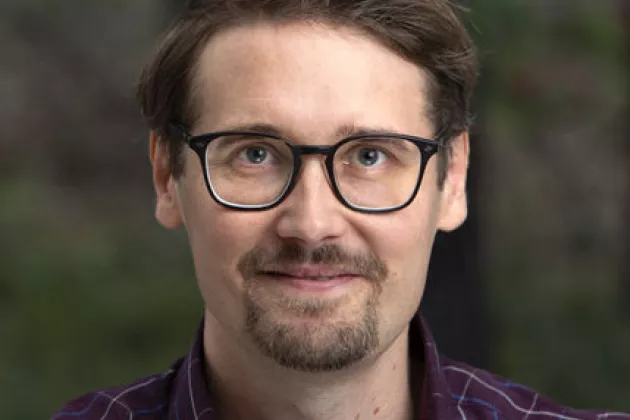How to measure an attosecond?
One attosecond is to one second what one second is to the age of the universe. Wallenberg Academy Fellow Jan Marcus Dahlström is developing a type of atomic clock that can measure attoseconds and be used in experiments involving extreme electromagnetic forces.
The Nobel Prize in Chemistry 1999 rewarded femtosecond spectroscopy, in which researchers study chemical reactions that occur in the space of a few femtoseconds (10-15 seconds). Now – two decades later – researchers in physics and chemistry are attempting to study processes that take place on the attosecond scale (10-18 seconds), including the photoelectric effect, in which electrons are emitted from a material that is illuminated with electromagnetic radiation.
Previously, ultrashort laser pulses have been used to measure the ejected electrons, photoelectrons. The problem is that the laser pulses and photoelectrons interact, so determining the time structure of the short laser pulses is impossible.
To measure time at the attosecond scale, Associate Professor Jan Marcus Dahlström at Lund University is developing a new kind of “clock”, in which he uses atoms with electrons that can be in something called a superposition state. He will investigate how the clocks affect each other, how they are affected by vacuum fluctuations in the electromagnetic field, how long it takes for a group of clocks to decompose and how this process can be controlled. The project will provide new opportunities for understanding the inner workings of matter.
Jan Marcus Dahlström is already part of a large-scale research project from the Knut och Alice Wallenberg Foundation that has led to an improved understanding of the photoelectric effect.


